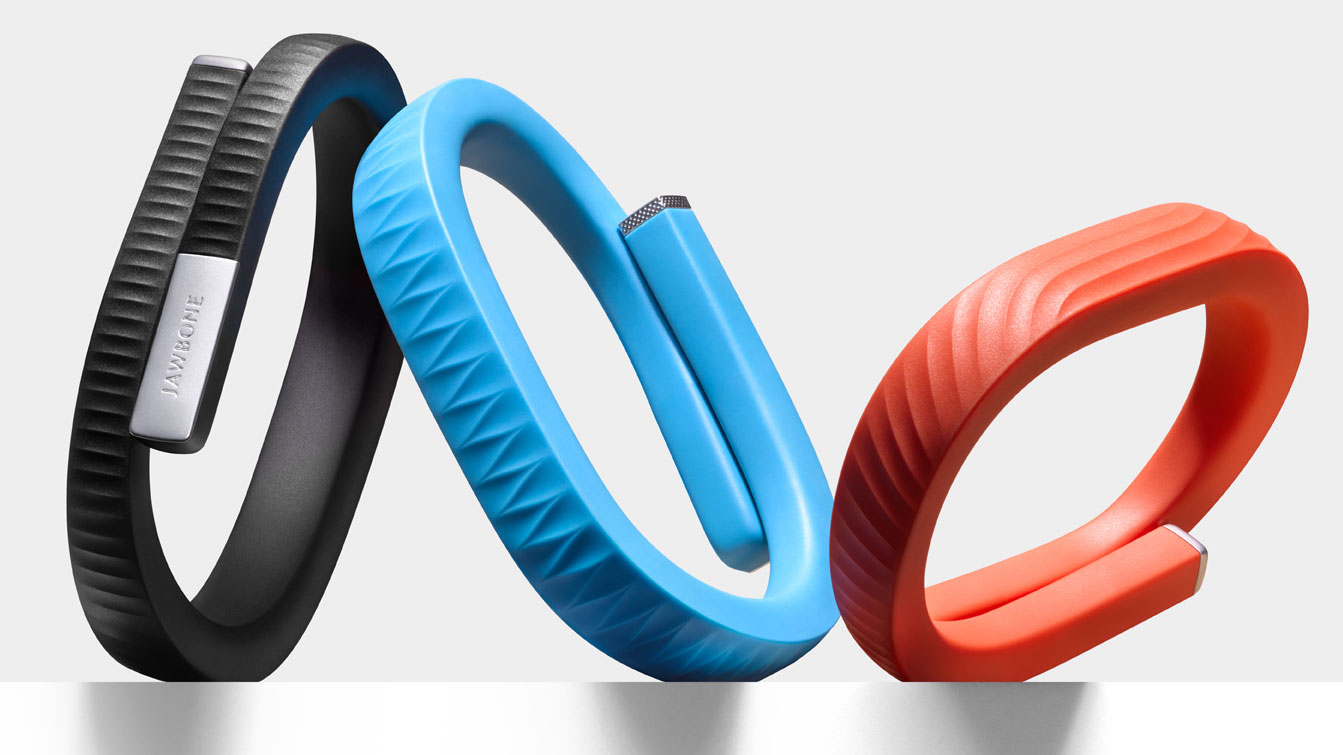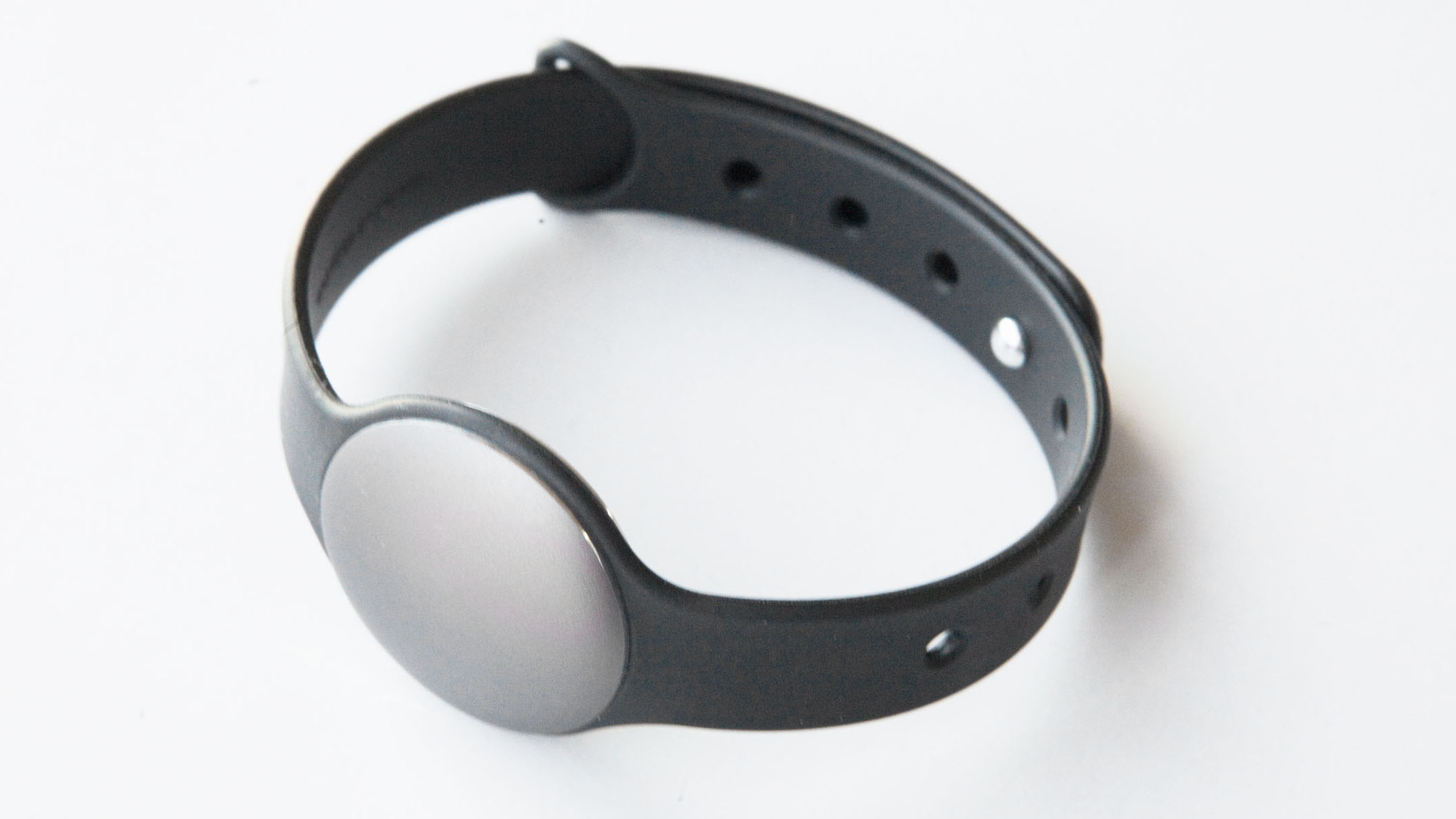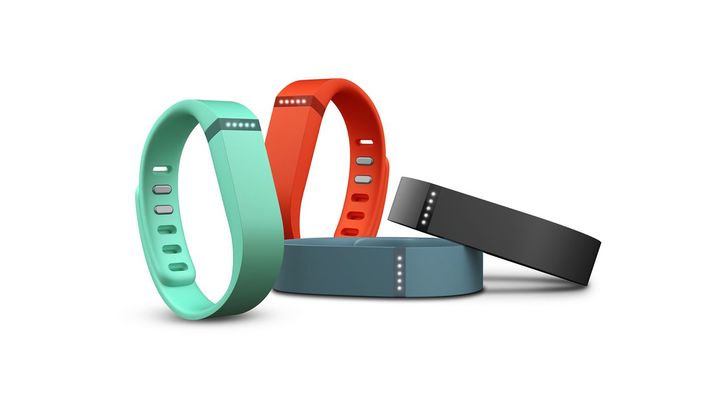Nike FuelBand SE vs Misfit Shine vs Jawbone Up24 vs Fitbit Flex
Which activity tracker is fittest for purpose?

The wearable phenomenon is in full force. From glasses to smartwatches to full phones on your wrist, they're everywhere - but the most popular is still the activity tracker, thanks to the proliferation of a new low-power Bluetooth standard (4.0) and a glut of cheap sensors.
There mountain of fitness wearables seems to be growing by the day. Almost all of them have one thing in common: smartphone apps. But there are lot of other aspects that vary between them, which can make choosing your perfect device a bit of a mission.
To help you out, we've chosen four of the best known and most easily available activity trackers: the Nike+ FuelBand SE (£129), the Fitbit Flex (£79.99), the Jawbone Up24 (£99) and the Misfit Shine (£79.95). Each might seem similar on the face, but all of them offer their own unique features,
All except the Misfit Shine are in their second-generation version, so ought to be pretty polished by now. Or at least that's what you might expect...

Design
In terms of subtlety, Shine takes the plaudits here – and by a country mile. Its brushed aluminium, coin-sized shape and weight, makes sure of that.

It also doesn't need to be worn on a wrist (or necklace) – there's a tiny magnetic clasp for hooking it to a belt loop. It's also completely waterproof, just like the Flex, though unfortunately it doesn't record swimming as a specific activity.
The Flex, meanwhile, is a tiny sensor that can be separated from its bulky wristband to give you the power to place it where you want, although this does make it susceptible to getting lost. But the band itself is one of the most comfortable and lightweight on the market, and our favourite from this bunch.
Sign up for breaking news, reviews, opinion, top tech deals, and more.
Both the Jawbone Up24 and the FuelBand SE are devoutly wrist-only, and unfortunately neither are as comfy as the Flex.
While available in three sizes to accommodate for wrist sizes, the FuelBand SE has a very rigid design that can be a bit obstructing - particularly when resting your arm down on a flat surface.
The Jawbone Up24 is a tad more malleable than the SE; it's just a shame that it only comes in either orange or black. However its lack of a clasp means it can be yanked off your arm when you're, say, putting on a jacket.
But otherwise it's lightweight, comfortable, and like the SE you also get a choice of small, medium or large.

Battery
Battery life can make or break a life tracker. In some cases, how much juice you get depends on intensity of use, but on average the Flex gives between 5 and 7 days of use, the Up24 around 7 days (three less than the original UP) and the FuelBand SE at about five days.
The FuelBand SE's cable-free built-in USB slot makes it the easiest to charge when the power runs flat, and beats the competition in that the Up24 and Flex both use proprietary USB cables that are easy to lose and expensive to replace.
That leaves the Misfit Shine taking the gold medal here too, as the round-faced device uses a watch battery that's good for over four months before needing a change.
Usability
Looks aren't everything, and it's the rather ugly, bulky Up24 that wins the usability category.
The discreet Shine might look the best, but its use of a touch-sensitive shell and LED lights is confusing − it tries to tell the time in its own special way that is nigh on impossible to understand at a glance.

Worse, touching the Shine twice for the time or three times to begin a preset activity (including swimming, soccer or basketball) is harder than it sounds. In our tests we sporadically recorded a few activities, but it wasn't at all reliable and you could never tell when the activity had begun.
Press FuelBand SE's only button once to check your day's progress, twice to see the amount of hours you've 'won'. Press it twice in quick succession and it tells the time as a clear digital readout.

But where the SE does fall down is in its insistence on using Nike's own Fuel system, as well as telling us how many hours we've earned - it's as baffling as the Shine's points-based system. Both light up when various goals are reached, though it's not a remotely exciting event, especially given that they lack a more tangible measurement.
The Flex uses a line of LEDs as a guage to show you how much of your day's goal you've achieved, while the Up24 doesn't actually display anything at all - you have to go to the app to check your progress.
One big advantage the Flex and Up24 have is the ability to monitor your sleep patterns too. The Up24 will display small crescent moon to indicate that it's recording sleep, while the Flex will acknowledge you with a gentle buzz, and both give pretty detailed feedback on how long you were in deep sleep for.
It doesn't help you sleep any better, but it's nice to know that you managed to stay sound asleep for longer on a Monday.
Beyond these features, we like the way the Flex and Up24 can be extended out into the wider world of activity apps and gadgets. The Fitbit app used by the Flex is the same used by the brand's Fitbit Aria scales (£99) so you can funnel your current weight into the equation, too.
For the Up24, it's even more impressive, with various links to third-party gadgets, including Withings Wi-Fi scales.
For now, the Shine and FuelBand SE remain in their own closed ecosystems.

Jamie is a freelance tech, travel and space journalist based in the UK. He’s been writing regularly for Techradar since it was launched in 2008 and also writes regularly for Forbes, The Telegraph, the South China Morning Post, Sky & Telescope and the Sky At Night magazine as well as other Future titles T3, Digital Camera World, All About Space and Space.com. He also edits two of his own websites, TravGear.com and WhenIsTheNextEclipse.com that reflect his obsession with travel gear and solar eclipse travel. He is the author of A Stargazing Program For Beginners (Springer, 2015),